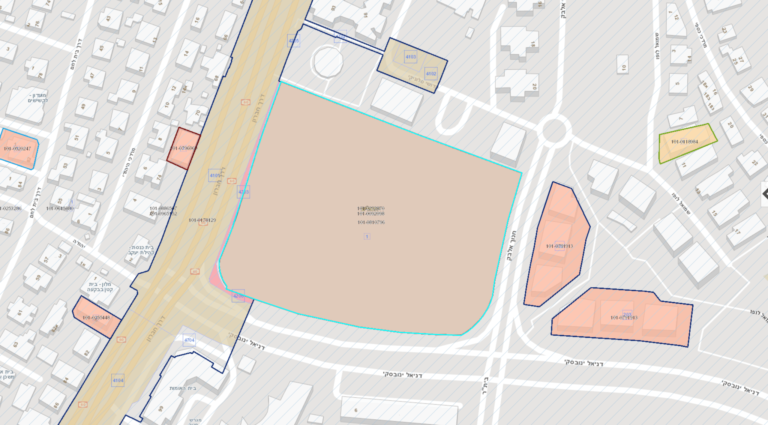The National Trust names 33 historic sites as 2022 African American Cultural Heritage Action Fund grantees
[ad_1]
For the Black community in mid-20th century Detroit, the Blue Bird Inn was a haven from segregation, a place to enjoy a night with loved ones and bebop jazz (a style that emerged the 1940’s and ’50s). The Eldorado Ballroom in Houston once reigned as one of the finest venues for live blues and jazz, boasting an impressive roster of talent, including Ella Fitzgerald, Ray Charles, and James Brown. The Turf Club located in the whimsy seaside city Asbury Park, New Jersey, stood as a beacon on Springwood Avenue, which threaded through the heart of the Black community and a once-booming commercial and entertainment district.
All three sites currently sit abandoned and dilapidated.
But perhaps not for long. The National Trust for Historic Preservation in Washington D.C. announced $3 million in grant funding to protect and preserve these three sites along with 30 others that also preserve African American history and heritage. The grant funding is a part of the African American Cultural Heritage Action Fund. With continuous and ongoing investments from the Mellon Foundation, The JPB Foundation, Lilly Endowment, and others, the program is now worth $80 million, $30 million more than it was last year. The fund was founded in 2017 and has invested $12.4 million into 160 sites across the United States.
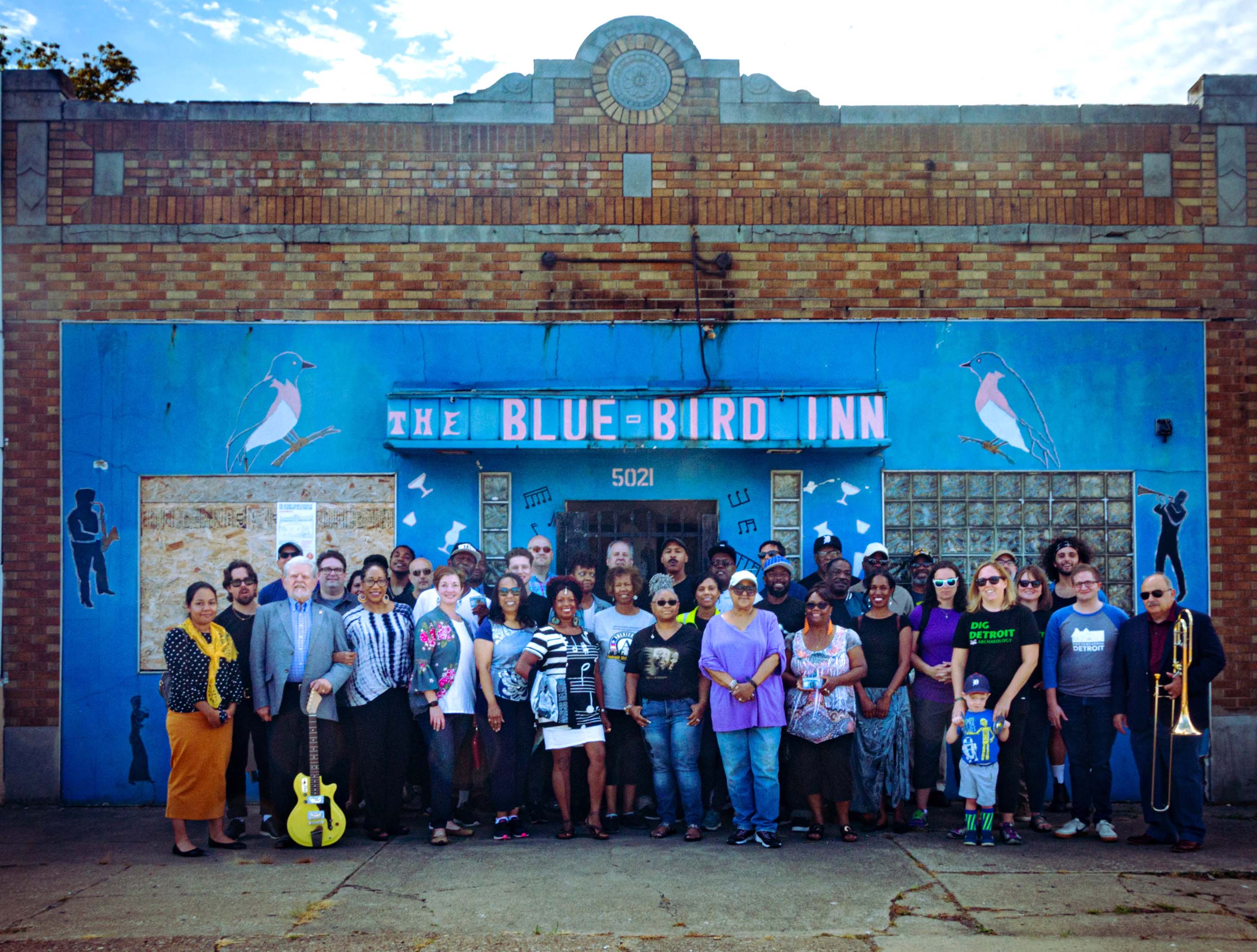
“The Action Fund’s work seeks to tell more inclusive and accurate stories that reflect America’s true history, composition, and identity and to restore and transform our nation’s built and cultural heritage assets,” said Justin Garrett Moore, Humanities in Place program officer at the Mellon Foundation. “Through racial, social, and economic justice lenses and using the tools of grantmaking, capacity building, and advocacy, the National Trust is creating the infrastructure to grow and sustain a movement for preserving key African American heritage sites and telling a fuller American story.”
Executive Director of the African American Cultural Heritage Action Fund and Senior Vice President of the National Trust for Historic Preservation Brent Leggs added: “At the National Trust, we aim to broaden the public’s understanding of the Black experience in America, while also underscoring the very urgent need to identify and protect these sites for the benefit of the communities they have long served. These often-overlooked places hold aspects of history that must be protected—and used to draw inspiration and wisdom for the benefit of all Americans.”
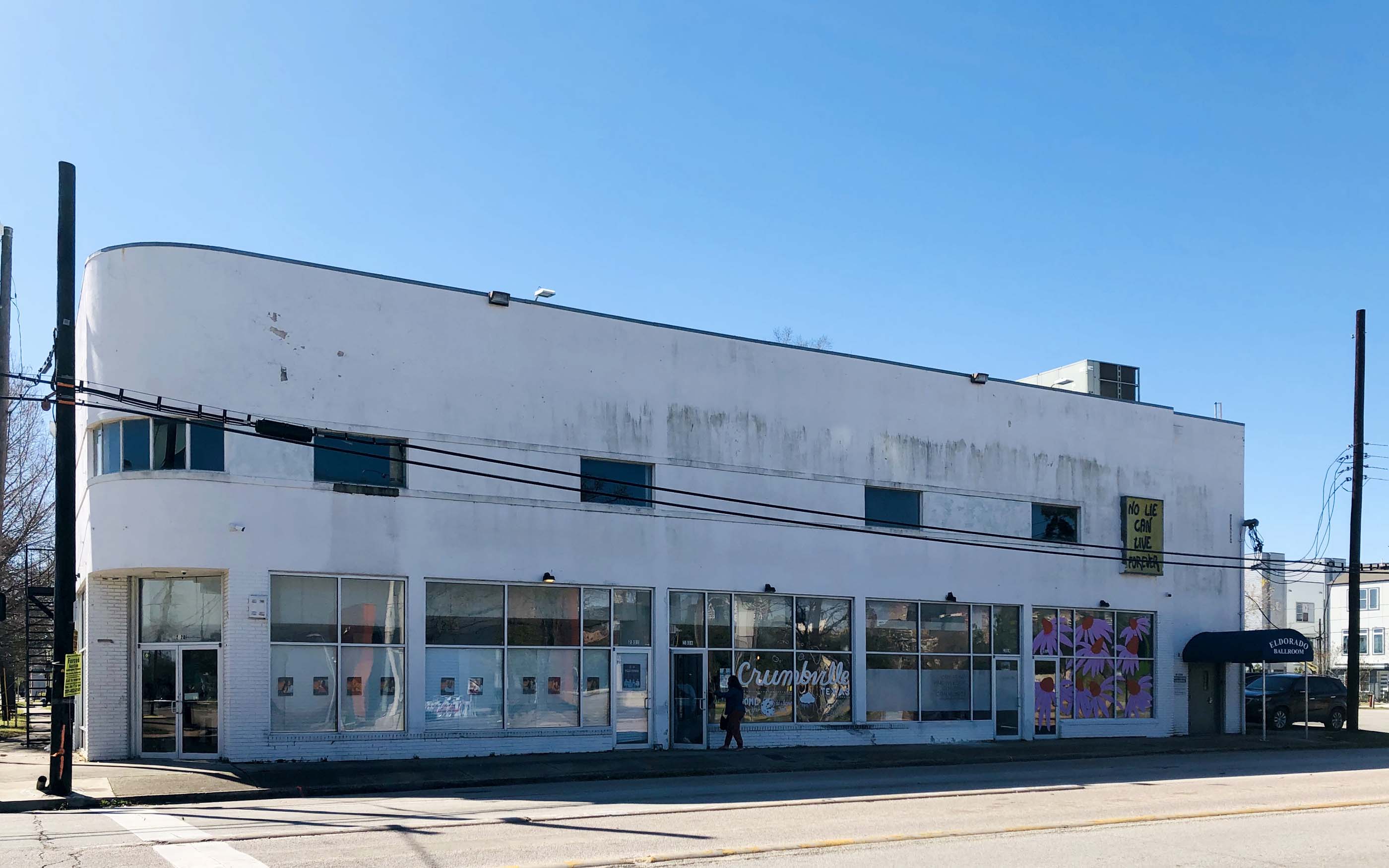
This year, the National Trust grouped the projects receiving funding into four categories distinguished by focus, summarily preservation, organization, development, and education. Listed below are more specific descriptions of all four categories:
Building Capital
The Blue Bird Inn, Eldorado Ballroom, and the Turf Club are a part of the program’s Building Capital initiative, which entails the restoration and preservation of important cultural sites in Black history; other sites include a number of churches and buildings in historically black colleges and universities (HBCUs); notably, one of among which is Tyler Hall in Shaw University (the school was one of the five grantees of the National Trust’s HBCU Cultural Heritage Stewardship Initiative announced earlier this year).
Increasing Organizational Capacity
This initiative will facilitate continued programming and restoration work on a number of sites, including efforts to appoint directors or maintain a registry. Among the sites is Home of Mamie Till Mobley and Emmett Till, which was named a landmark in Chicago earlier this year, following a robust campaign by preservationists. The funding will create a project director position to lead a number of heritage initiatives, including furnishing the home’s interior to match the 1955 layout, from when Emmett was last there before he was abducted and lynched.

Project Planning
Research and planning will be necessary for the preservation and development of many cultural landmarks. Funding will go toward the necessary research, documentation, and creation of development plans that will help sites expand their capacity to tell stories and withstand the test of time.
The funding will help 91-year-old painter Faith Ringgold realize the vision and legacy for her home and studio in Englewood, New Jersey.
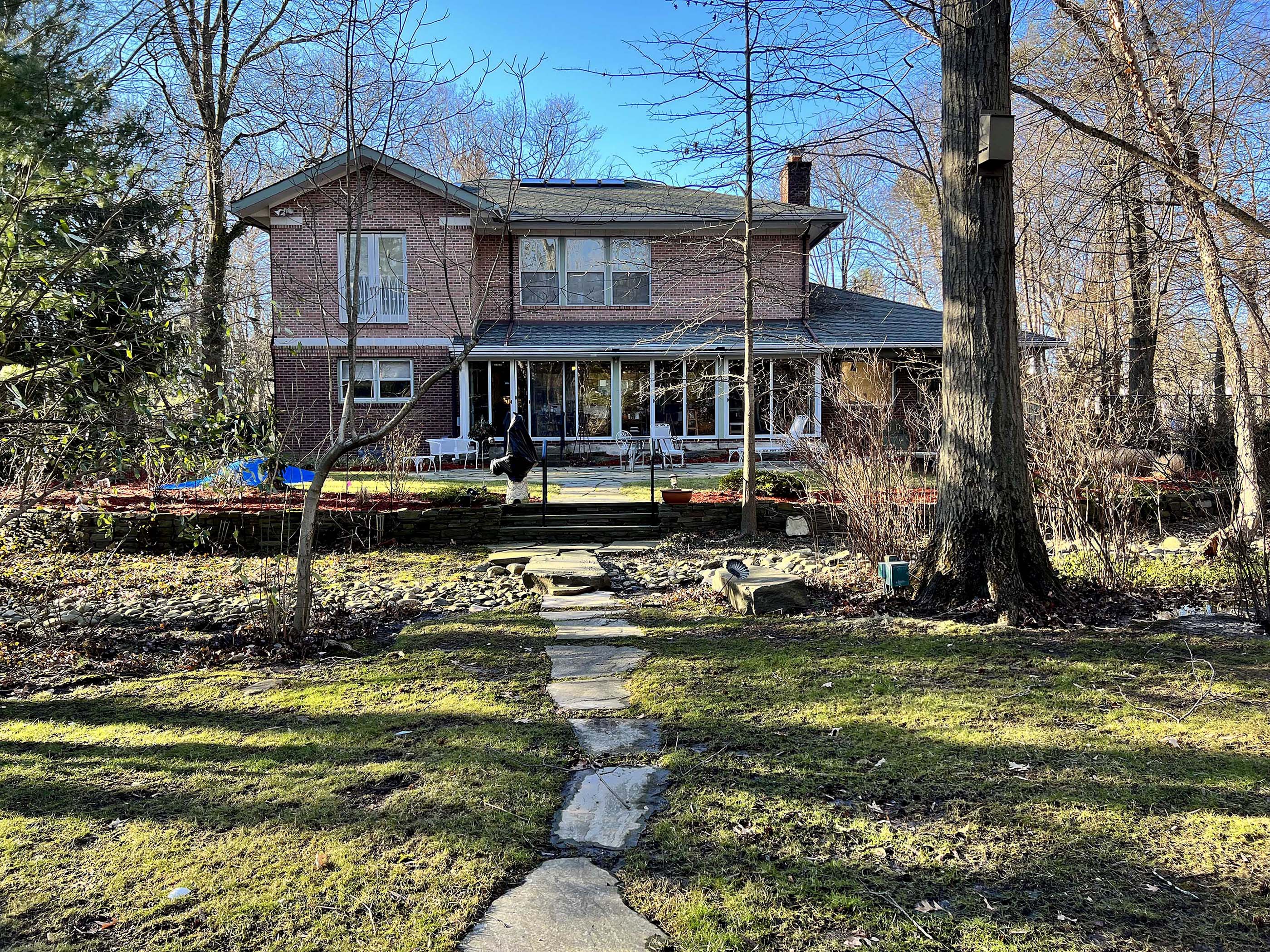
“Part of the vision from the start was to leave my house, studio and garden, as well as its extensive archives of papers, photographs and art to the foundation, so that it might ultimately become a research center and house museum,” said Ringgold.
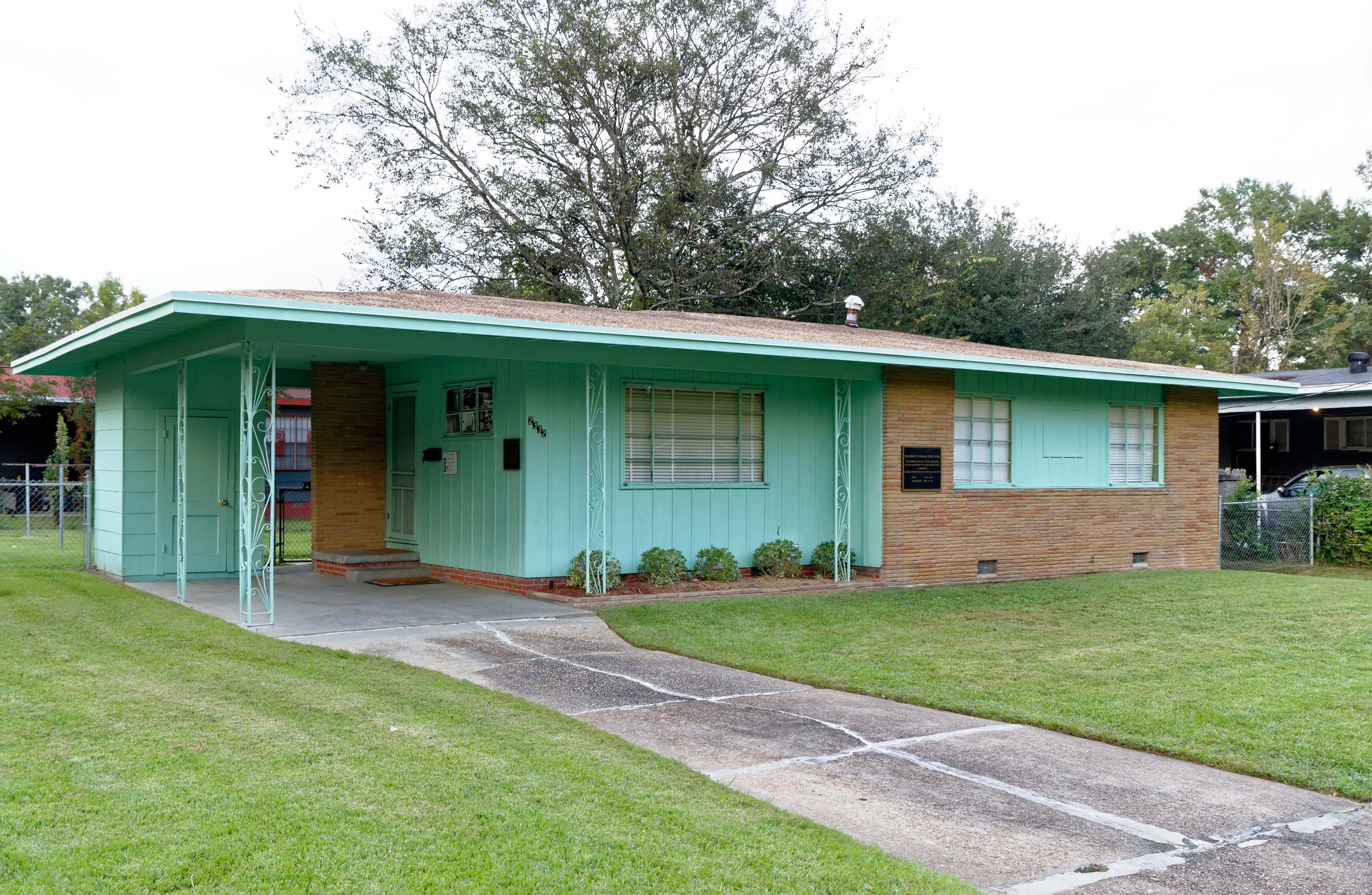
Programing and Interpretation
The National Trust will also devote a portion of the funding to public education and awareness. Among the grantees is the nonprofit Medgar and Myrlie Evers Institute, named after the husband and wife civil rights activists. Funding will be devoted to helping the organization start a program to bolster racial trauma awareness, as Medgar Evers was assassinated in 1963.
A full list of grantees can be found here.
[ad_2]
Source link


